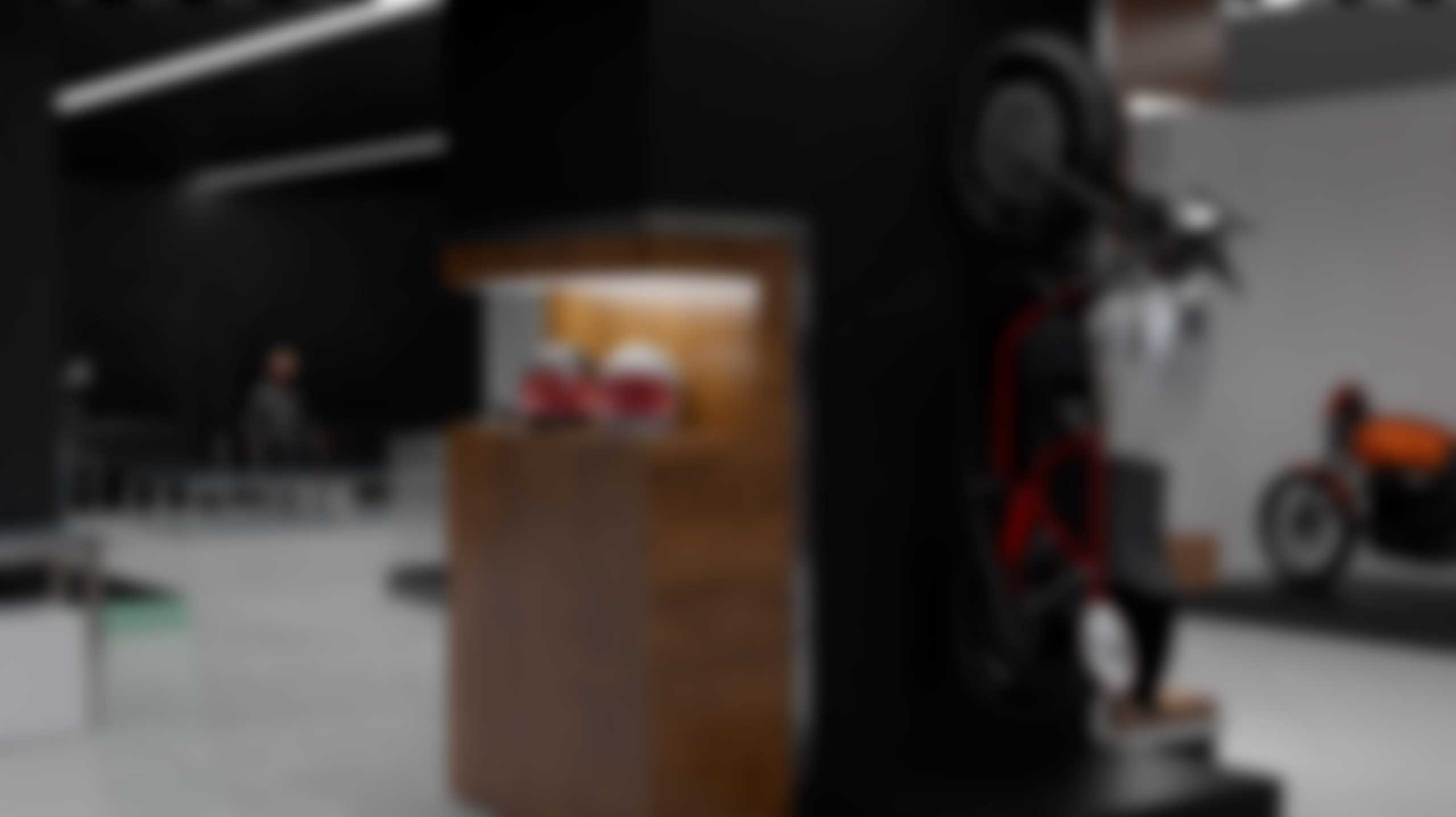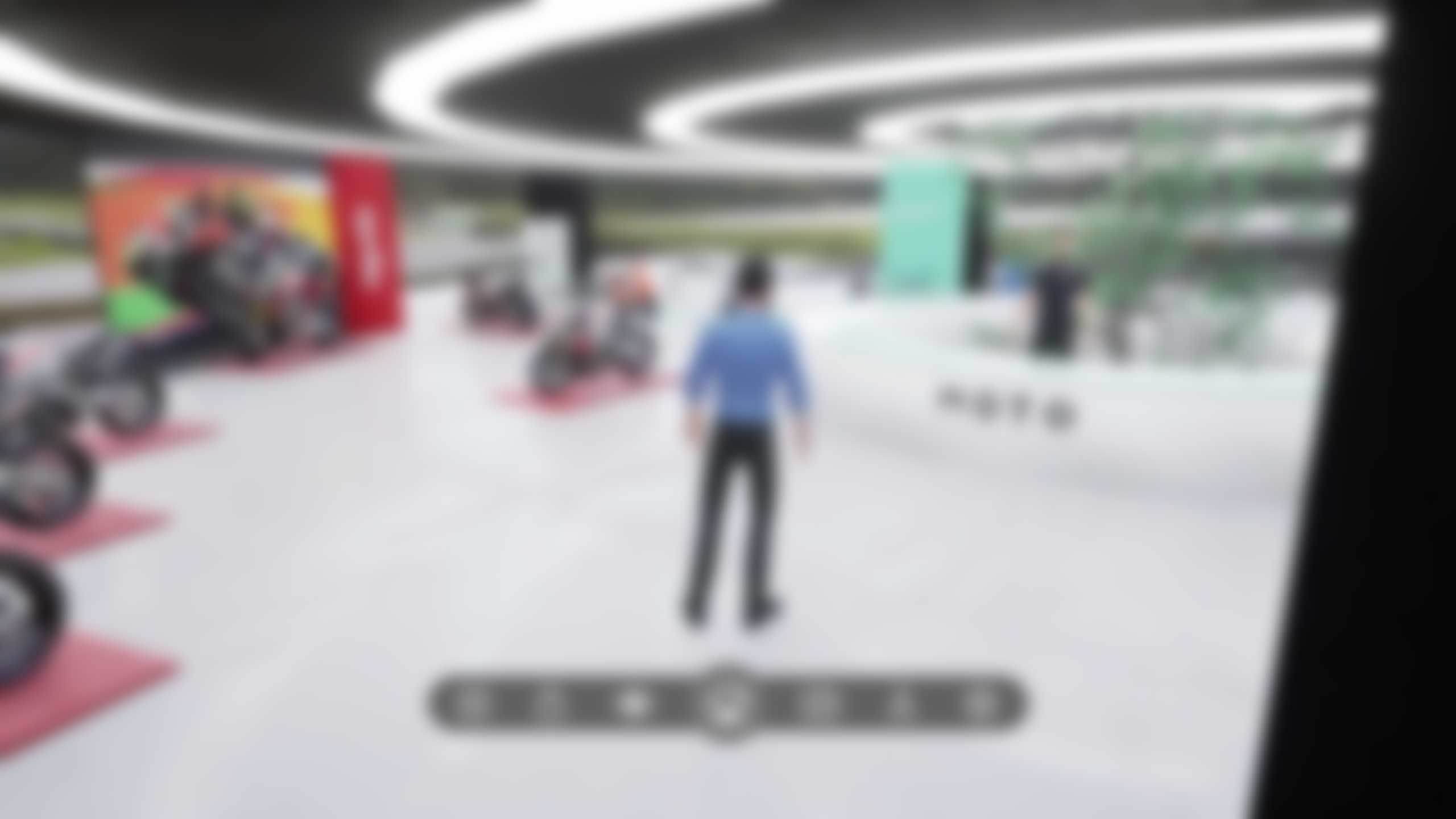Confidential Global Mobility Brand
MotoSpace: Building a Cultural Hub and Digital Flagship for a Motorcycle Icon
Transforming retail presence into a scalable immersive experience
Want the full version with client name, full scope, and design depth?
Request full case
Client: Confidential Global Mobility Brand
Agency: Interbrand Milan + C Space London
My Role: CX & Experience Design Director
Scope: CX Strategy, Product Experience, UX Prototyping, Community Design
Engagement Type: Agency-led strategic sprint with hands-on delivery and cross-team direction
In Brief
- From flagship stores to digital presence, without losing the brand's soul.
- Users didn’t want a store. They wanted a space.
- We designed three prototypes, then built the one users actually wanted.
- The final prototype became an MVP platform with real tools, flows, and logic.
- A new flagship not just for today, but for how the brand grows tomorrow.
1. Challenge
From flagship stores to digital presence, without losing the brand's soul.
The client had invested heavily in physical retail spaces, creating a successful and iconic showroom concept that unified all their brands. However, it lacked customer-centric scalability and a digital presence. They needed to evolve this idea into a new space that could grow with user expectations, connect communities, expand brand presence beyond cities and showrooms, and demonstrate value.
The brief was simple: Bring MotoSpace online, but it meant translating culture into connection without becoming just another digital store.
2. Insight
Users didn’t want a store. They wanted a space.
Initially, we considered 3D product configurators and showroom replicas. However, our research showed that people wanted to connect, customise bikes, meet riders, learn from experts, and share experiences.
They didn’t want a metaverse; they wanted a space that felt like theirs. The opportunity wasn’t about replicating a showroom, but about creating a space for the riding culture to thrive.
3. Change
We designed three prototypes, then built the one users actually wanted.
I led the end-to-end strategic design and customer experience (CX) delivery, defining experience principles, mapping journeys, leading workshops, and driving creative direction.
We developed and tested three early-stage experiments:
— Augmented MotoSpace: An AR configurator with in-home visualisation.
— Immersive MotoSpace: A 3D replica of the showroom with social features.
— Open MotoSpace: A community-first digital space without physical limits: users’ favourite.
We prototyped the third as the minimum viable product (MVP). It delivered what users couldn’t get from just a virtual shop window: emotional connection, brand loyalty, and repeat engagement.
4. Delivery
The final prototype became an MVP platform with real tools, flows, and logic.
The “Open MotoSpace” was built as a modular prototype, guided by clear use cases:
— Exploration: Understand the space and brand layout
— Configuration: Personalise a bike through a lifelike UX
— Communication: Talk to others, ask questions, join events
— Education: Learn the brand’s stories, specs, and legacy
We designed onboarding, tested mechanics, and defined digital design principles:
— No walls. More zones.
— Real visuals. No tech for tech’s sake.
— Always evolving. Never static.
This wasn’t a concept. It was a living system designed to evolve with the culture, while still aligning with the brand and business.
5. Impact
A new flagship not just for today, but for how the brand grows tomorrow.
The project delivered a functional, tested platform that redefined the retail experience for riders. It proved how shared experiences, not features, can turn customers into a community. The business gained a digital path that aligns with its brand culture, not just its catalogue.
The virtual MotoSpace is the client’s entry point to immersive CX, with plans for future launch, integration, and monetisation. It’s not just an experience; it’s a space people want to return to.
Want the full version with client name, full scope, and design depth?
Ale








